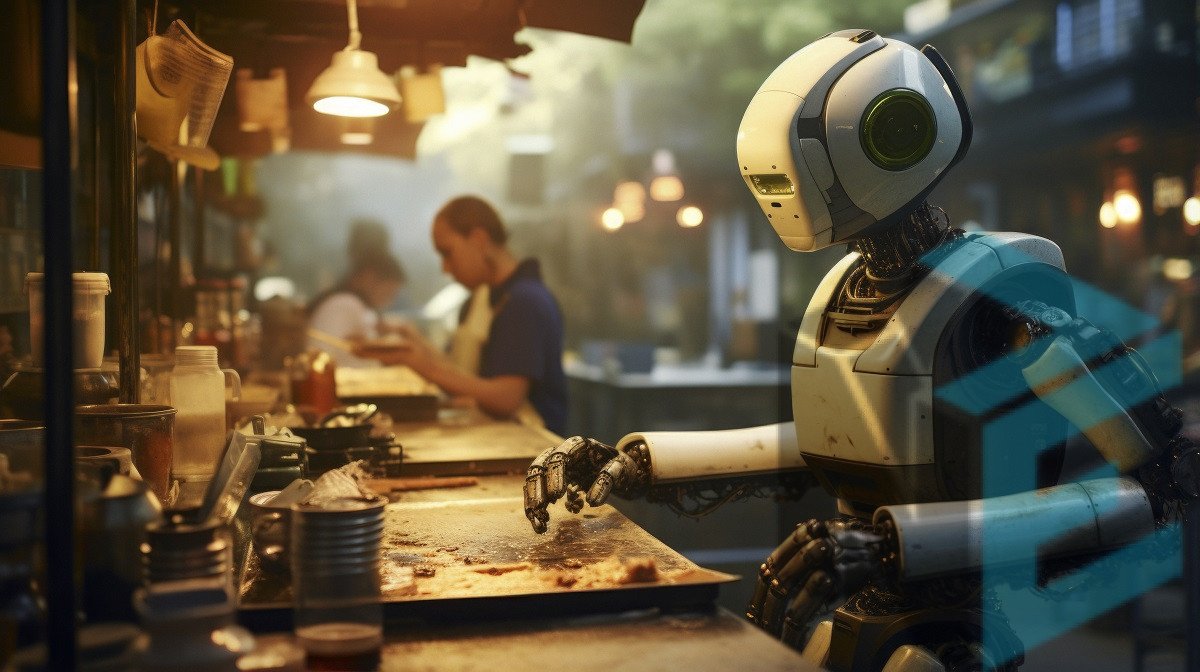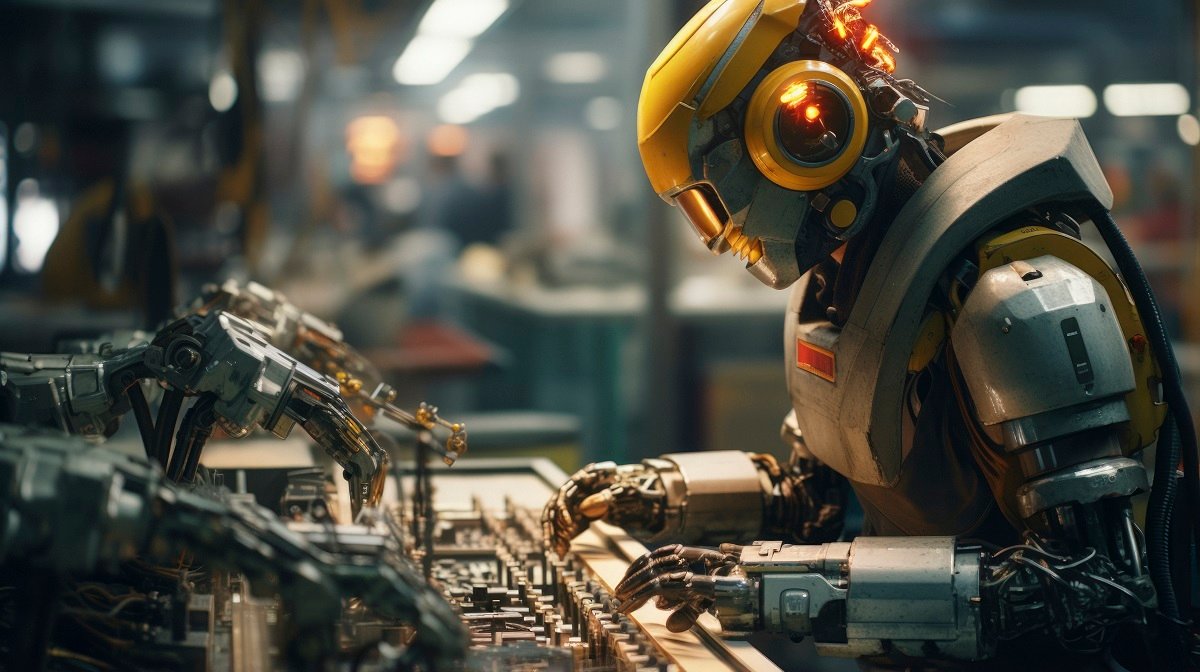Mechanical engineering is experiencing a revolution driven by robotics and automation. These advancements are redefining the industry, enhancing efficiency, precision, and innovation. This article explores the critical role of robotics and automation in mechanical engineering, their applications, technological drivers, and future prospects.
The Role of Robotics in Mechanical Engineering
Definition and Overview

Robotics in mechanical engineering involves the design, construction, and operation of robots to perform tasks that were traditionally done by humans. These robots range from simple mechanical arms to complex autonomous systems capable of performing intricate tasks with high precision.
Key Applications
Robotics is used extensively in manufacturing, where robotic arms perform repetitive tasks such as welding, assembly, and material handling. In the automotive industry, robots are pivotal in assembling vehicles with speed and accuracy. In healthcare, robotic systems assist in surgeries, providing greater precision and reducing recovery times for patients. These applications showcase the versatility and importance of robotics in modern mechanical engineering.
Automation: Transforming Industrial Processes
Benefits of Automation
Automation involves using control systems and information technologies to handle different processes and machinery in an industry. The primary benefits include increased production rates, improved product quality, enhanced safety, and reduced labor costs. Automation minimizes human intervention, leading to fewer errors and consistent production quality.
Examples in Various Industries
In the food and beverage industry, automation ensures hygiene and consistency by automating the packaging process. In pharmaceuticals, automated systems are used for drug manufacturing and packaging, ensuring precision and compliance with stringent standards. The aerospace industry relies on automation for assembling complex aircraft components, ensuring high standards of safety and reliability.
Technological Advances Driving Robotics and Automation
AI and Machine Learning
Artificial Intelligence (AI) and Machine Learning (ML) are at the forefront of advancements in robotics and automation. AI enables robots to learn from their environment, adapt to new tasks, and make decisions. Machine learning algorithms process vast amounts of data to improve robotic performance, making them more efficient and capable of handling complex tasks.
Sensor Technology
Advanced sensors are crucial for the functioning of robots and automated systems. These sensors provide real-time data, allowing robots to perceive their environment accurately. Vision sensors enable robots to identify objects and navigate spaces, while force sensors help them handle delicate tasks without causing damage. The integration of sophisticated sensors has significantly enhanced the capabilities of robotic systems.
Challenges and Future Prospects
Despite the numerous benefits, robotics and automation face challenges such as high initial costs, the need for specialized skills, and cybersecurity concerns. However, ongoing research and development are addressing these issues, making robotic systems more accessible and secure. The future of robotics and automation in mechanical engineering is promising, with potential advancements in AI, materials science, and energy efficiency driving further innovations.
Conclusion
Robotics and automation are revolutionizing mechanical engineering, offering unprecedented levels of efficiency, precision, and innovation. As technology continues to advance, the integration of robotics and automation will become even more pervasive, driving the industry towards a future of limitless possibilities. Mechanical engineers who embrace these technologies will be at the forefront of this transformation, leading the way in creating more efficient, safe, and sustainable industrial processes.




